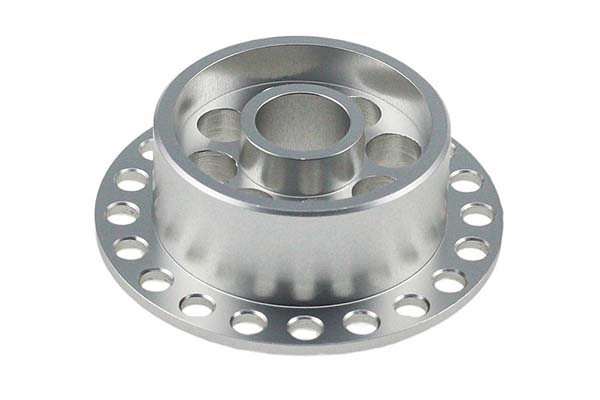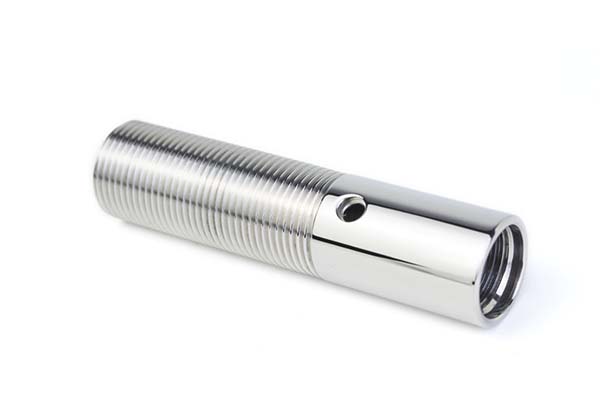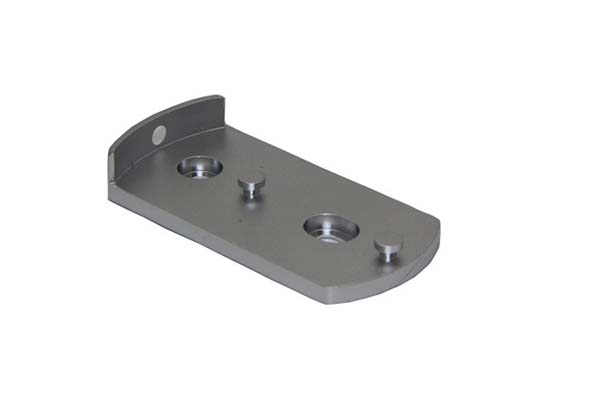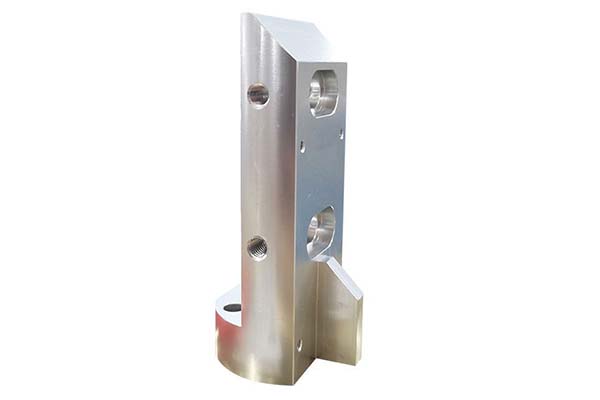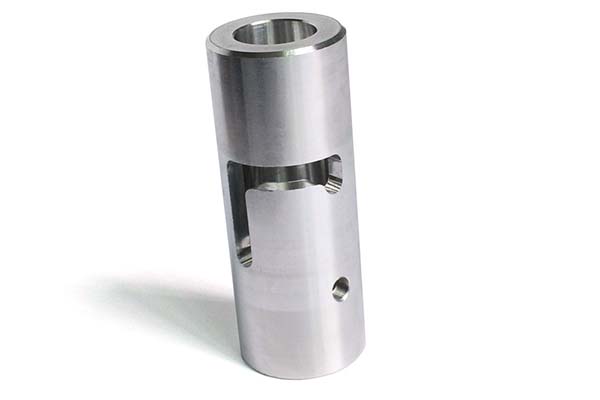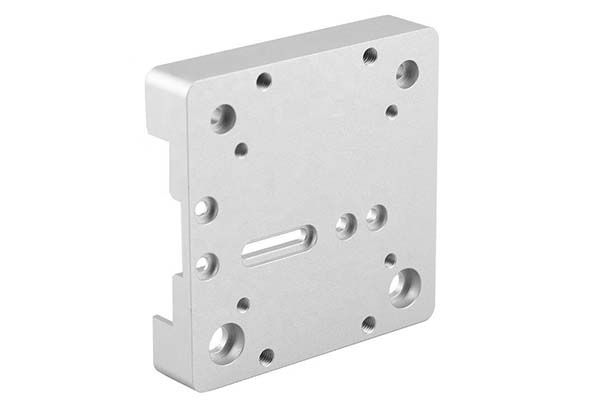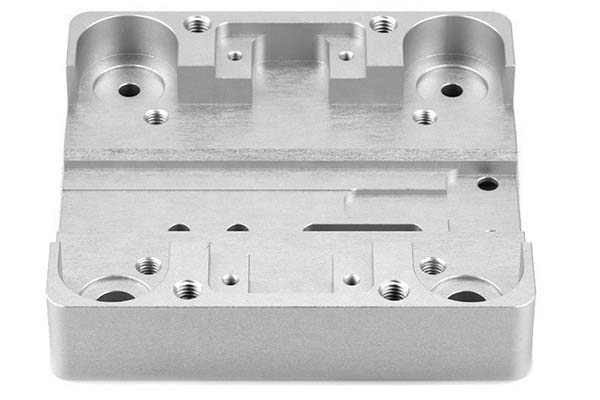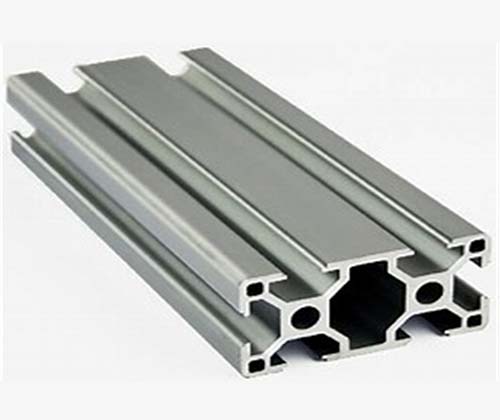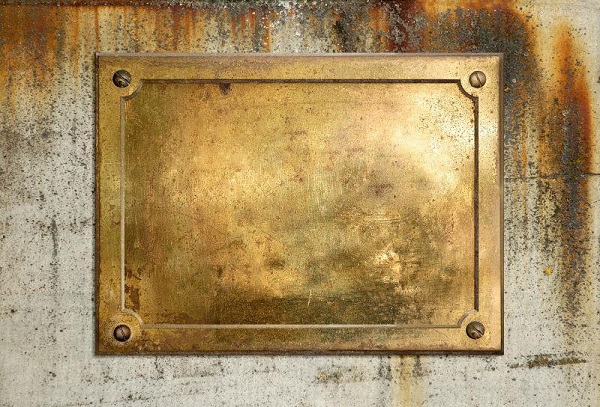Manufacturers creating parts that must endure repeated stress—from automotive springs to industrial clips—face a critical challenge: finding a material that balances elasticity, strength, and formability. Many metals either lack the "memory" to return to shape after bending or crack under repeated use. This is where Metal Stamping SWC (Spring Steel) excels. SWC (Spring Steel) is engineered to flex, absorb energy, and withstand millions of cycles without failure. However, stamping this high-performance material requires expertise to manage its hardness, springback, and sensitivity to processing conditions. In this guide, we’ll address these challenges, exploring SWC’s properties, processes, and applications to help you achieve reliable, long-lasting results.
Material Properties of SWC (Spring Steel)
SWC’s unique performance stems from its carefully calibrated composition and mechanical traits:
- Alloy Composition: Typically contains 0.5–1.0% carbon, 0.6–2.0% silicon, and 0.5–1.5% manganese, with variations like chrome-vanadium (Cr-V) grades for enhanced strength. This blend creates a material that can be heat-treated to balance hardness and ductility.
- Tensile Strength: Ranges from 1,000 MPa to 2,000 MPa, far exceeding mild steel (250–400 MPa), enabling SWC to handle heavy loads without permanent deformation.
- Elasticity: Its defining trait—SWC can stretch or compress by 10–15% of its length and return to its original shape, thanks to a high elastic limit (700–1,500 MPa).
- Hardness: After heat treatment, SWC reaches 35–50 HRC (Rockwell C), providing wear resistance while retaining enough ductility for stamping.
- Fatigue Resistance: Designed to withstand cyclic loading, with high-quality SWC lasting 1 million+ cycles in applications like valve springs and suspension components.
- Corrosion Resistance: Naturally limited, but can be enhanced with zinc plating or powder coating for outdoor use, such as automotive springs exposed to rain and road salt.
Manufacturing Process for Metal Stamping SWC (Spring Steel)
Stamping SWC requires precision to handle its strength and springback:
- Metal Stamping Techniques:
- Punching and Blanking: Use carbide-tipped tools with 5–7% clearance to ensure clean edges—SWC’s hardness can cause burring with dull dies.
- Bending and Forming: Bend at slow speeds (5–10 strokes per minute) to reduce stress. For tight bends, use a minimum radius of 3× material thickness to prevent cracking.
- Tooling and Die Design: Dies must be made from hardened tool steel (D2 or A2) or carbide to resist wear. Incorporate chamfers and large radii to minimize stress concentrations in the material.
- Pressing Equipment: Hydraulic presses are preferred for thick SWC (≥3 mm) due to their controlled force application. Servo-electric presses offer precision for thin-gauge parts (≤1 mm), such as electrical contacts.
- Quality Assurance: Implement in-process checks for dimensional accuracy, as SWC’s springback can alter part geometry. Use laser measurement tools to verify critical dimensions after forming.
Applications of SWC (Spring Steel) Stamped Parts
SWC’s ability to store and release energy makes it indispensable across industries:
- Automotive Parts: Coil springs, leaf springs, and clutch plates rely on SWC’s elasticity to absorb shocks and maintain vehicle stability.
- Industrial Components: Valve springs, machine tool clamps, and conveyor tensioners use SWC to withstand constant cyclic loading.
- Electrical Contacts: Switch springs and relay components depend on SWC’s consistent force to ensure reliable electrical connections.
- Mechanical Devices: Tape measure retractors, door hinges, and garage door springs leverage SWC’s energy-storing capability for smooth operation.
- Fasteners: Snap clips, retaining rings, and hose clamps use SWC to maintain a secure grip without permanent deformation.
Each application capitalizes on SWC’s unique combination of strength and elasticity.
Quality Control for SWC (Spring Steel) Stamping
Ensuring SWC parts meet performance standards requires rigorous checks:
- Dimensional Accuracy: Use coordinate measuring machines (CMMs) to verify tolerances, which are often tight (±0.05 mm) for critical components like valve springs.
- Surface Finish: Inspect for scratches, galling, or cracks using optical systems—surface defects can act as stress points and reduce fatigue life.
- Testing Methods: Conduct fatigue testing (1 million+ cycles) on sample parts to validate durability, and perform hardness checks (35–50 HRC) to confirm heat treatment effectiveness.
- Tolerance Levels: Maintain strict control over bend angles and spring rates, as even minor deviations can affect performance in applications like automotive suspension.
- Certification: Ensure compliance with industry standards (e.g., ASTM A228 for small springs) and provide material certificates to verify alloy composition.
Design Considerations for SWC (Spring Steel) Stamping
Successful SWC part design requires balancing performance and manufacturability:
- Load Requirements: Calculate the maximum force the part will endure to select the correct SWC grade—higher tensile strength grades for heavy loads, more ductile grades for complex bends.
- Stress Analysis: Use FEA simulation to identify high-stress areas, such as sharp corners, and modify geometry (e.g., add radii) to reduce cracking risk.
- Material Selection: Choose Cr-V SWC for high-temperature applications (e.g., engine valves) and silicon-manganese grades for cost-sensitive parts like clips.
- Part Geometry: Avoid thin sections adjacent to thick areas, as this can cause uneven cooling during heat treatment and lead to warping.
- Design for Manufacturing: Simplify complex bends where possible to reduce springback, and ensure tool access for consistent stamping.
Yigu Technology’s Perspective
As a custom manufacturing supplier in China, Yigu Technology specializes in Metal Stamping SWC (Spring Steel) for automotive and industrial clients. We optimize die design to manage springback and use precision presses to ensure dimensional accuracy. Our quality control includes fatigue testing and hardness checks, ensuring SWC parts meet your load requirements and durability standards. Whether for springs or fasteners, we deliver reliable, high-performance components tailored to your application.
FAQs
- How does SWC differ from other spring materials like beryllium copper?
SWC offers higher tensile strength (1,000–2,000 MPa vs. 690–1,240 MPa for beryllium copper) at a lower cost, making it better for heavy-load applications. Beryllium copper is preferred for high-conductivity needs.
- Can SWC be welded after stamping?
Welding is possible but not recommended, as heat can alter its mechanical properties. For assembled parts, use mechanical fasteners or adhesives instead.
- What’s the best way to enhance SWC’s corrosion resistance?
Zinc plating or galvanizing provides basic protection for indoor use. For harsh environments, use powder coating or stainless steel alloys blended with SWC properties.
